Daijiro Mizuno X Synflux: "Right Now, 'Play' is Important for Fashion – Considering the Connection Between Fashion Design & Technology"
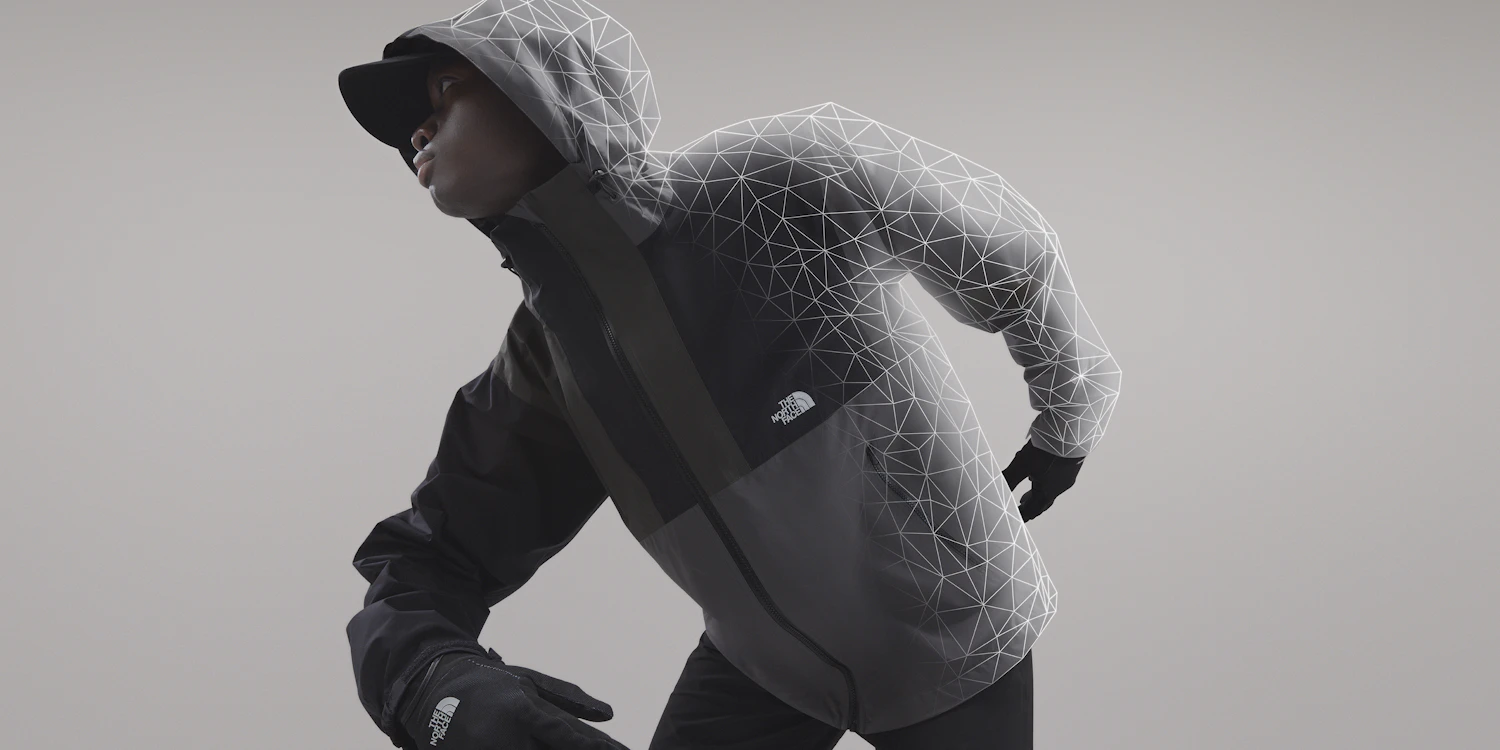
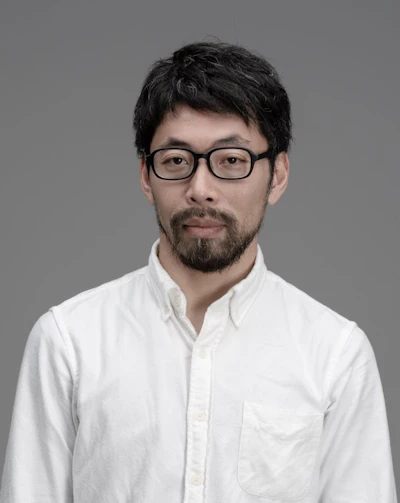
Born in 1979. Professor at the Future Design Engineering Department, Kyoto Institute of Technology, and Special Invited Professor at Keio University Graduate School. Finished postgraduate program at the Royal College of Art, Doctor of Fine Arts (Fashion Design). Conducts practical research and criticism to bridge design and society. Recent publications include 『サステナブル・ファッション: ありうるかもしれない未来』. Other works include 『サーキューラー・デザイン』『クリティカルワード・ファッションスタディーズ』『インクルーシブデザイン』『リアル・アノニマスデザイン』 (all co-authored). Also edited "vanitas" and others.
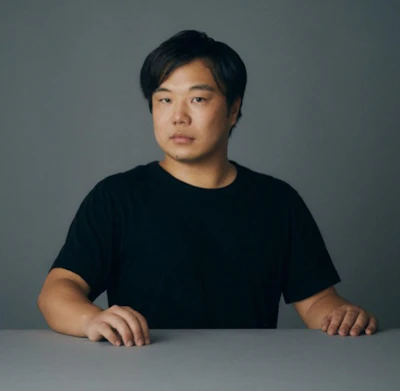
CEO at Synflux Co., Ltd.
Born in 1991. A speculative fashion designer. Completed a master's program in the XD program at Keio University Graduate School of Media and Governance. Specializes in practical research on design research and fashion design. Major awards include the H&M Foundation Global Change Award Special Prize, selection as the Art Division Jury Recommended Work at the Agency for Cultural Affairs' Media Arts Festival, and the Wired Creative Hack Award. Also selected for Forbes Japan 30 under 30 2019 and WWD JAPAN NEXT LEADERS 2020. Committee member of the Ministry of Economy, Trade and Industry's "Future Fashion Study Group". Supervisor and editor of "SPECULATIONS" (BNN, 2019), co-author of "Critical Word Fashion Studies" (Film Art Company, 2022), and co-editor of "Sustainable Fashion" (Gakugei Publishing, 2022).
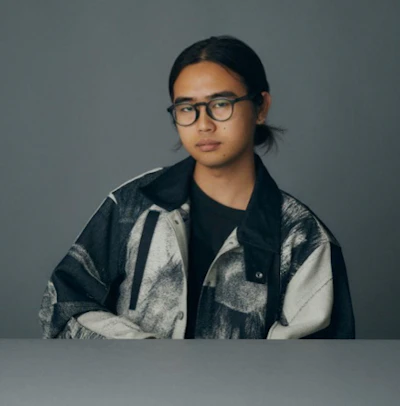
CDO at Synflux Co., Ltd.
A speculative fashion designer born in 1998. Graduated from Keio University's Faculty of Environment and Information Studies. Conducts research and development on new garment design methods applying computational design and biodesign. Recently, in collaboration with experts in algorithmic design, has been focusing on the development of clothing design methods optimized for the body and environment, applying differential geometry and evolutionary algorithms. Major awards include the H&M Foundation Global Change Award Special Prize and the Wired Creative Hack Award. Co-editor of "Sustainable Fashion" (Gakugei Publishing, 2022).

CTO at Synflux Co., Ltd.
Born in 1987. An algorithmic architect. Completed his master's program in Architecture at Tokyo University of Science Graduate School of Engineering and the Media Expression Major at the Institute of Advanced Media Arts and Sciences (IAMAS). After working at the design firm Noise Inc., now active as part of the collective v0id (Void), which consists of members with diverse backgrounds in architecture, photography, graphics, and more. Conducts cross-disciplinary activities in video production, exhibition installations, interior design, fashion design, etc. Major awards include the MADD. Award 2019 Excellence Award, ADAA (Asia Digital Art Award) 2019 winner, and International Talent Support: ITS 2020 Finalist. Joined Synflux in 2021.
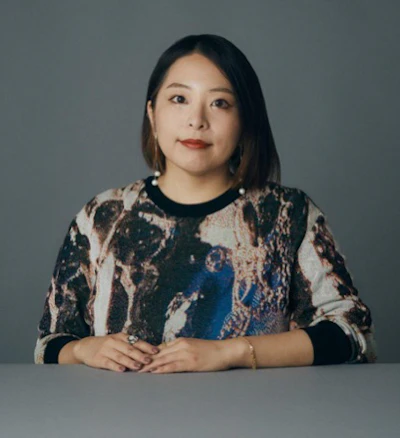
Research Lead at Synflux Inc.
Born in 1988. A fashion researcher. After studying fashion design at the University of the Arts London (Central Saint Martins), he focused on research in fashion and media, and the history of Japan's fashion industry. He joined ZOZO Technologies in 2019. After serving as a research scientist at the ZOZO Research Institute, he became the editor-in-chief of 'Fashion Tech News'. He is a member of the 'Research Group on Future Fashion' organized by the Ministry of Economy, Trade and Industry. He joined Synflux in 2022 and concurrently serves as a specially appointed lecturer at the Meiji University Faculty of Commerce and a guest researcher at the RIKEN Center for Advanced Intelligence Project. His edited book is 'クリティカル・ワード ファッションスタディーズ' (Film Art, 2022), he co-authored 'ソーシャルメディア・スタディーズ' (Hokujusha Publishing, 2021), and he co-translated 'ファッションと哲学' (Film Art, 2018).
The Response to 'Sustainable Fashion'
This article is for members only.
Please register to read the rest of the article.
- Read members-only articles
and use text-to-speech. - Unlimited article favourites
and browsing history. - Attend members-only events.
- Get the latest information
with our email newsletter.
RELATED ARTICLES








.jpg?w=400&fm=webp)









.png?w=400&fm=webp)

